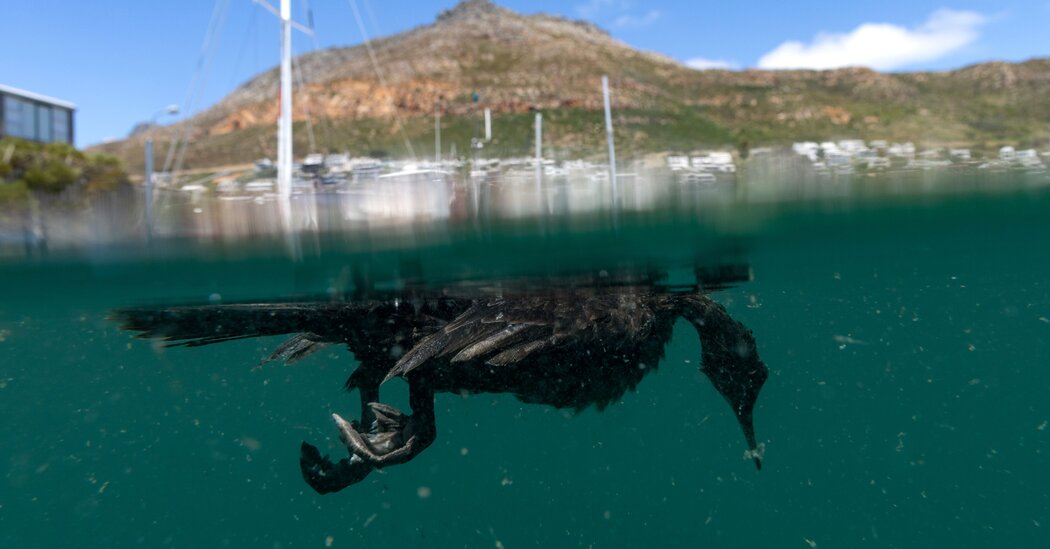Every spring, more than 200,000 northern gannets — stocky seabirds with dazzling white feathers — journey to the coast of eastern Canada. There, they blanket oceanside cliffs and rocky outcroppings, breeding in enormous colonies before flying back south for the winter.
But in May 2022, as many females were getting ready to lay their eggs, the birds began dying in droves. “Thousands of northern gannets started to wash up on our shores,” said Stephanie Avery-Gomm, a seabird biologist and research scientist at Environment and Climate Change Canada.
The culprit: a bird flu virus, known as H5N1, that had recently arrived in North America. Over the months that followed, the virus raced through the region, killing tens of thousands of northern gannets.
The carnage was “devastating,” Dr. Avery-Gomm said. “You have to harden your heart to work on this kind of scale of mortality.”
Since a new version of H5N1 emerged in 2020, scientists have become increasingly concerned that the virus might set off the next pandemic, infecting people around the globe. But for the world’s wild birds, the prospect of a deadly, uncontained outbreak is not theoretical. The virus has already decimated avian populations around the globe, with body counts that can sometimes be staggering: an estimated 24,000 Cape cormorants killed in South Africa, more than 57,000 pelicans reported dead in Peru.
“The scale of the mortalities is truly unprecedented,” said Johanna Harvey, an avian disease ecologist at the University of Maryland. “There’s nothing comparable historically.”

